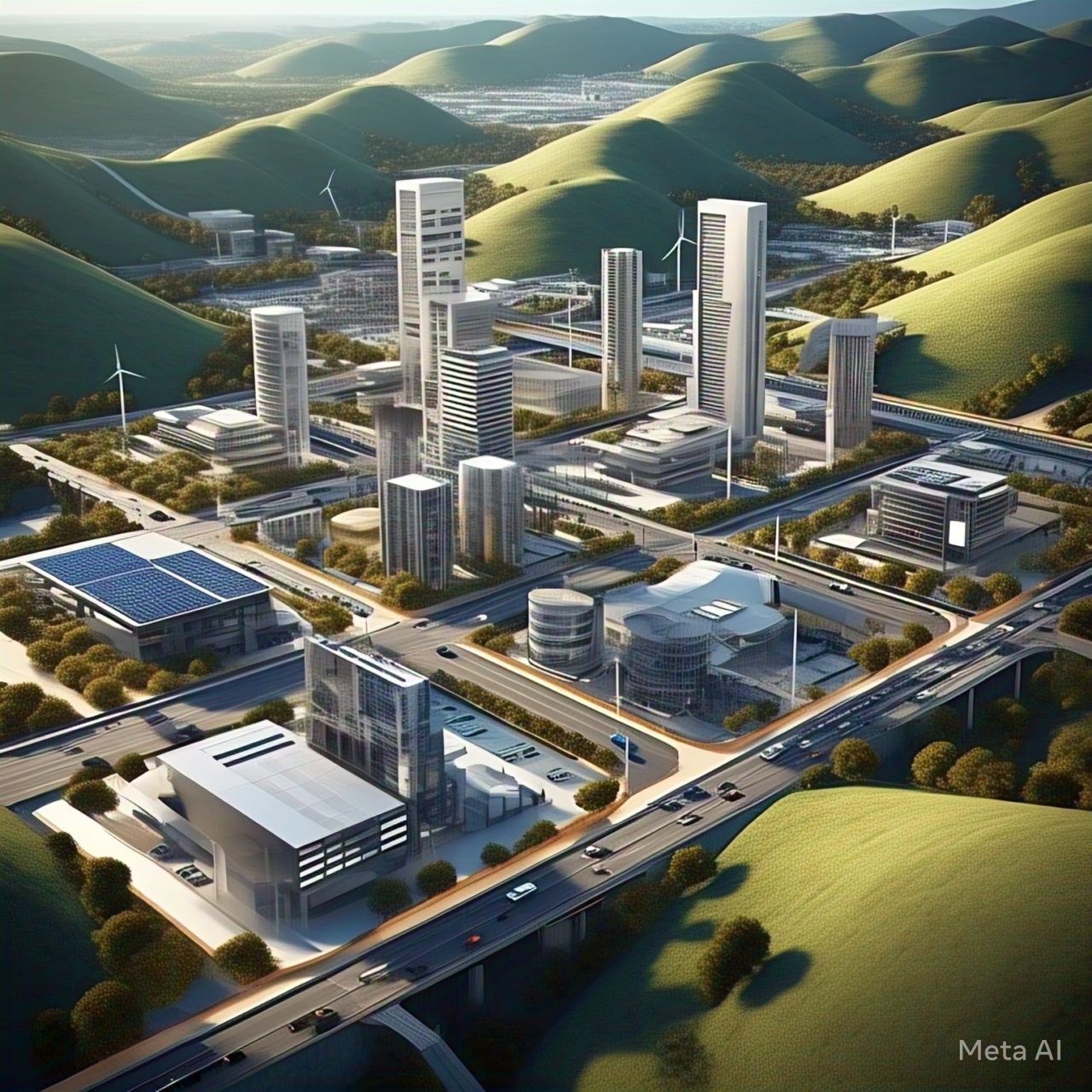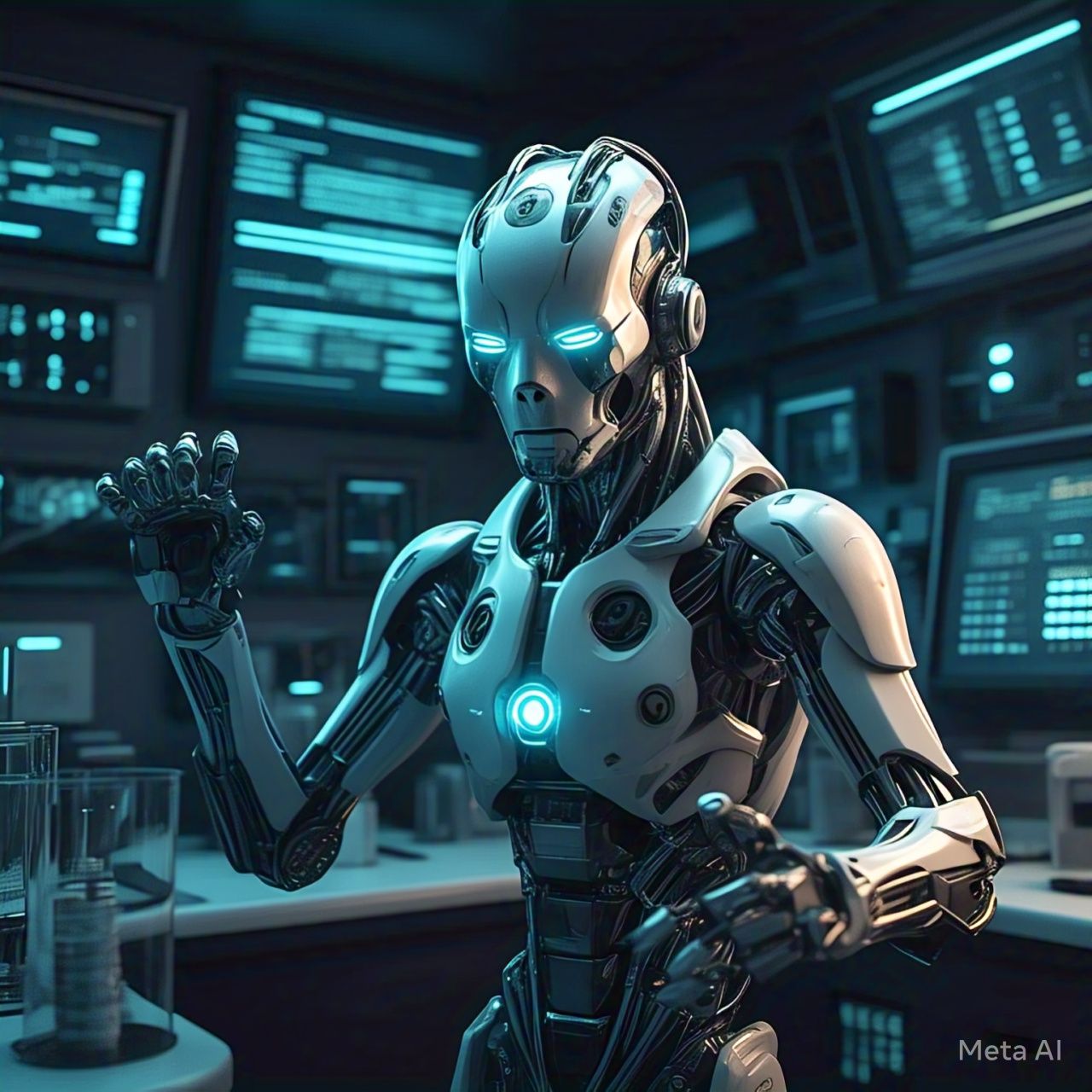Introduction
As climate change and natural disasters become more frequent and severe, the need for disaster-resilient architecture has never been greater. Artificial Intelligence (AI) is playing a crucial role in designing and constructing buildings that can withstand earthquakes, hurricanes, floods, and other catastrophic events. By leveraging predictive analytics, real-time monitoring, and advanced materials research, AI is transforming how architects and engineers create safer, more sustainable structures. This article explores how AI is revolutionizing disaster-resilient architecture and shaping the future of urban development.
How AI is Enhancing Disaster-Resilient Architecture
1. Predictive Analytics for Disaster Risk Assessment
AI-powered predictive analytics can assess disaster risks based on historical data, weather patterns, and geospatial information. Machine learning models analyze these data points to identify high-risk zones and inform architects about the safest locations and designs for new structures.
Key Benefits:
- Accurate disaster risk prediction for smarter urban planning.
- AI-driven recommendations for structural reinforcements.
- Early warnings to prevent damage and loss of life.
2. AI-Assisted Structural Design and Simulation
AI helps architects and engineers create buildings with optimized structural integrity. Advanced simulations powered by AI predict how structures will respond to earthquakes, storms, and floods, allowing for real-time design adjustments before construction begins.
Key Benefits:
- AI-generated designs that optimize material usage and strength.
- Enhanced building performance under extreme conditions.
- Reduced structural failure rates through AI-driven testing.
3. Smart Materials and AI-Driven Construction Techniques
AI is facilitating the development of smart materials that adapt to environmental conditions. Self-healing concrete, shape-memory alloys, and AI-optimized construction techniques improve building resilience against disasters.
Key Benefits:
- Increased durability and longevity of structures.
- Reduced maintenance costs with AI-monitored material performance.
- Sustainable and eco-friendly building solutions.
4. AI-Enabled Disaster Response and Recovery
AI-powered drones and robots assist in post-disaster assessments by scanning damaged structures and identifying critical weaknesses. AI-driven reconstruction models help prioritize rebuilding efforts based on damage severity and resource availability.
Key Benefits:
- Faster disaster response with AI-guided assessments.
- Safer recovery operations by reducing human risk.
- AI-optimized rebuilding strategies for long-term resilience.
5. Smart Cities and AI-Integrated Infrastructure
AI-driven smart city planning incorporates real-time data from sensors, weather stations, and infrastructure monitoring systems. AI continuously analyzes environmental conditions to adjust building functions, enhance emergency responses, and improve urban resilience.
Key Benefits:
- Adaptive urban environments that respond to disasters in real time.
- AI-optimized evacuation plans and emergency alerts.
- Data-driven policies for disaster-resilient urban development.
The Future of AI in Disaster-Resilient Architecture
As AI technology continues to evolve, its applications in disaster-resilient architecture will expand further. Future advancements may include AI-powered autonomous construction systems, real-time disaster-resistant building adaptations, and deeper integration of AI with Internet of Things (IoT) networks for continuous structural monitoring.
Conclusion
AI is revolutionizing disaster-resilient architecture by enabling smarter risk assessments, optimized structural designs, and faster recovery solutions. With AI-driven predictive analytics, smart materials, and real-time monitoring, architects and engineers can create safer, more adaptive buildings capable of withstanding extreme environmental conditions. By embracing AI, the future of architecture will not only be more resilient but also more sustainable and responsive to the ever-changing global climate.




